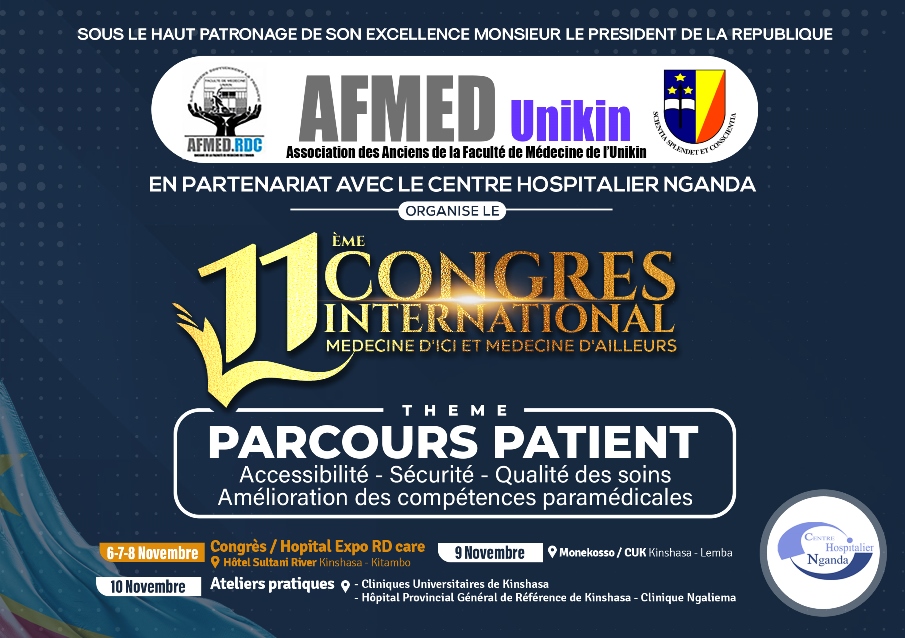Erick Ntambwe Kamangu1*, Richard Lunganza Kalala1, Georges Lelo Mvumbi1, Dolores Vaira2, Marie-Pierre Hayette2,3
Affiliation(s)
1Molecular Biology Unit, Department of Basic Sciences, Faculty of Medicine, University of Kinshasa (UNIKIN), Kinshasa, Democratic Republic of Congo (DRC).
2AIDS Reference Laboratory (ARL), Centre Hospitalier Universitaire-Université de Liège (CHU-Lg), Liège, Belgium.
3Clinical Microbiology Laboratory, Centre Hospitalier Universitaire-Université de Liège (CHU-Lg), Liège, Belgium.
2AIDS Reference Laboratory (ARL), Centre Hospitalier Universitaire-Université de Liège (CHU-Lg), Liège, Belgium.
3Clinical Microbiology Laboratory, Centre Hospitalier Universitaire-Université de Liège (CHU-Lg), Liège, Belgium.
ABSTRACT
Background: Genetic diversity of human immunodeficiency virus affects the treatment and the emergence of resistance. Some subtypes would develop resistance more frequently than others. The aim of this study is to determine the rate of virological treatment failure and the involvement of genetic diversity and different mutations in this failure in Kinshasa.
Methods: Of the 153 Antiretroviral-naive patients who were included in the cohort, 138 patients have been received for the appointment of the 6th month. Clinical parameters were recorded on individual patient charts. The determination of Viral Load (VL) was done at the Laboratory of Molecular Biology. Clinical and biological parameters of the 6th month were compared with those taken at baseline of the cohort to determine the evolution of patients under treatment.
Results: At the consultation of the 6th month, 138 patients (90.2%) had returned out of the 153 included. Eighty-one (58.7%) patients were women and 57 (41.3%) men. The age of patients is between 18 and 65 with an average of 37 years. Ten deaths (6.5%) and 5 (3.3%) lost have been reported. One hundred twenty-five patients (90.5%) were in clinical stage 3 and 13 (9.5%) in clinical stage 4. The median CD4 T cells is 560 cells mm3. The median VLs of patients was 0.90 log10 RNA copies/ml. Of the 34 patients in virological failure, 8 (23.5%) are minimal failure, 23 (67.7%) in moderate failure and 3 (8.8%) in severe failure. According to the Pearson’s test, VLs at 6th months were highly correlated with that of inclusion, with V75 and K70 mutations for NRTIs, with V108 mutation for NNRTI well as the virological failure of treatment.
Conclusion: Our results confirmed the hypothesis that high Viral Load at the start of the treatment is a poor prognosis for the development of therapy. Transmitted mutations are involved in treatment failure.
KEYWORDS









